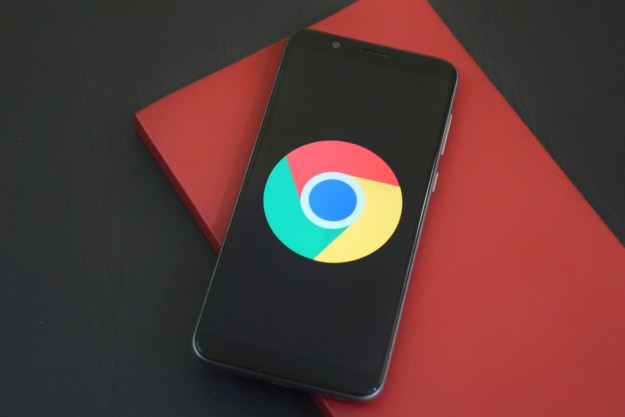 Move over Firefox, Google Chrome is now the second most popular web browser in the U.K.
Move over Firefox, Google Chrome is now the second most popular web browser in the U.K.
According to web metrics firm Statcounter, Chrome became the favored browser on 22 percent of U.K. computers last month, edging out Mozilla’s Firefox for the second-place spot in the browser hierarchy. As is the norm in most countries, Microsoft’s Internet Explorer remained the top-rated U.K. browser with 45 percent of the market share — though its hold on the market is loosening, reported the firm.
Apple’s Safari browser took fourth place with a 9-percent share of the U.K. browser market.
The Guardian reports that the surge in Google Chrome popularity is due in large part to a recent advertising campaign which made Chrome the first-ever Google product promoted on British television. However, the browser’s top-rated speed is likely a big factor in its success, too.
Chrome currently ranks as the third most popular browser worldwide, with a 21-percent market share, reports Statcounter.
The speedy Google browser has seen its place in the marketplace rise while Mozilla’s Firefox has dipped recently — though not nearly as severe a drop as Internet Explorer, which saw its share drop to 43 percent of the global marketplace in the wake of various, high-profile security concerns.
Editors' Recommendations
- How to delete Google Chrome on Windows and Mac
- How to clear your browser cache in Chrome, Edge, or Firefox
- How to change your Google background in Chrome
- How to change your language in Google Chrome on desktop
- The 23 best Google Chrome themes in 2024



